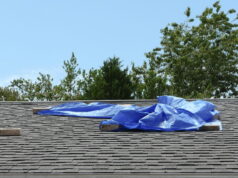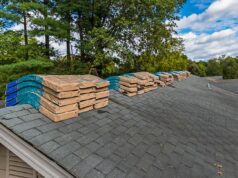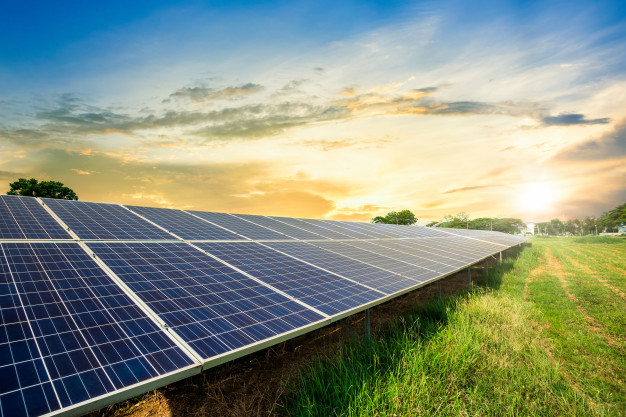
If you’re looking for options to go solar, then you’re at the right place. Who said that going solar is solely possible through photovoltaic (PV) panels? Of course, it is not! Solar shingles are an alternative to photovoltaic panels with no difference…almost. Even though these two are similar and can alternate one another, differences between them make one think about which to buy. For the most part, the choice stands for aesthetics, cost, efficiency, market availability, and ease of installation. Relative to people’s preferences, each individual goes with the type that person prefers the most. So, let’s proceed with the article to conclude which type is suitable for you.
What Are Solar Panels?
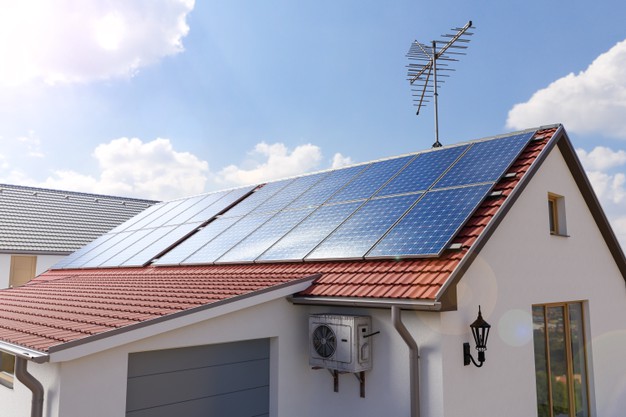
Photovoltaic panels are the typical equipment used for supplying the energy of the sun to the consumer. They are black and flat, either installed in an open space or on the roof.
What Are Solar Shingles?
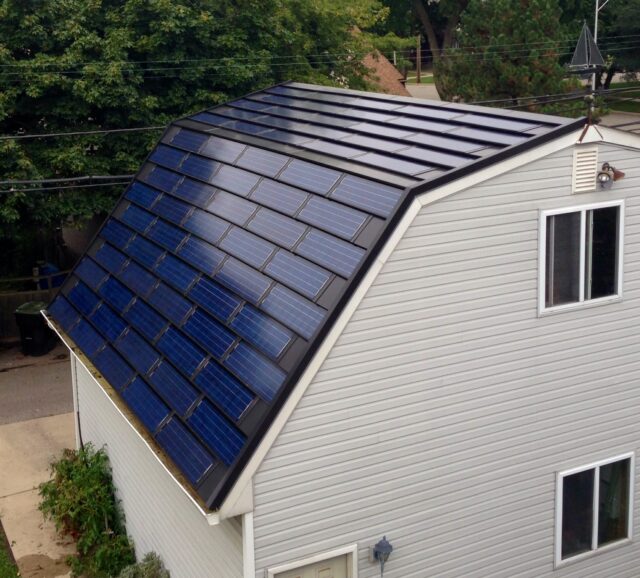
Completing the same function of the sun’s energy supply, PV shingles are equipped with a flatter and shinier surface resembling roofing materials like slate, asphalt, etc.
As it seems PV panels and shingles are similar to one another and have no difference in functionality. So, how do choose between them? Continue reading to spot differences in their key metrics and choose the one particularly suited for your taste and preference. Besides, companies like LA Solar Group provide a considerable amount of information on both; just click here.
Affordability

Of course, affordability is an extensive term defining multiple criteria such as affordable installation cost, affordable consumption, affordable cleaning, affordable maintenance, etc. Both PV equipment pieces are moving towards becoming consumer-friendly ones; however, there is no one specific definition to which one is more expensive as costs fluctuate situationally. What does that mean? Well, if you are looking for an option of going solar and renovating the roof, then solar shingles are the go-to, less expensive equipment. Look, when a customer installs PV shingles, one eliminates the additional cost of roof renovation. The reason behind this is that shingles are capable of replacing roof tiles. See, for the purpose of roof renovation, shingles are the ones. Indeed, solely for energy generation purposes, PV panels win – installation costs of solar collectors are much less than for shingles. To picture the difference, it stands approximately a $13,200 difference. Turns out, both can be purchased based on the affordability factor, depending on your goal.
Efficiency
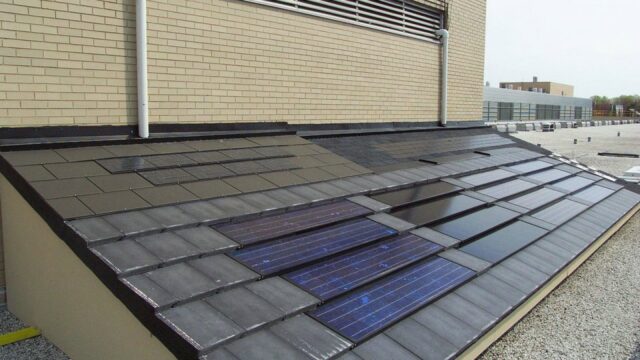
What regards the efficiency of these two pieces of equipment, a concrete answer doesn’t exist there either. If a consumer has the opportunity to tilt the PV panels and direct them in the right direction for the maximum exposure to the sunlight, then PV collectors are the choice of that person. Indeed, if a consumer’s location lets him or her grasp the utmost efficiency from the sun, then photovoltaic shingles are that individual’s choice. With the latter, not only the location matters but also the orientation of the roof. The customer should pay attention to the direction of the roof to make sure that the sun faces the sun directly. So, no matter which one you purchase, it needs to fit the location, roof orientation, and maximum efficiency preference.
Ease Of Installation
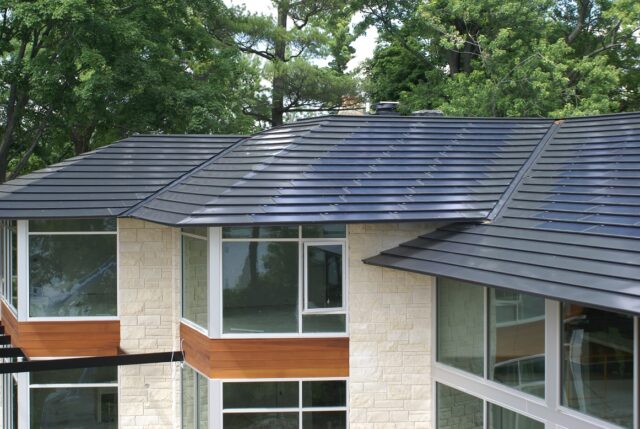
With this metric, we can go back to the affordability part as details collide. Similar to choosing panels vs. shingles to define which one is affordable, with the metric of ease of installation, the choice depends on the situation, too. For instance, if you plan to renovate your roof, then integrating the installation of PV shingles is easier. Plus, as they resemble roof materials like asphalt, those shingles can be replaced by the solar ones – hitting two goals with one installation. Not to mention, savings come along as no additional cost for shingle installation gets charged. With panels, everything is a bit different. The process of installation takes longer as they get mounted on the roof. However, further adjustments are guaranteedly easy to conduct. To make the story imaginative, let’s picture as if you move from your house to a new one and still want to have the benefit of renewable energy. How should you deal with the desire and the situation? Easy as pie – just remove PV collectors from the old house and reinstall them on the new one. See, benefits differ. That is why choosing between equipment can solely be left on the preference and lifestyle of a consumer.
Aesthetics
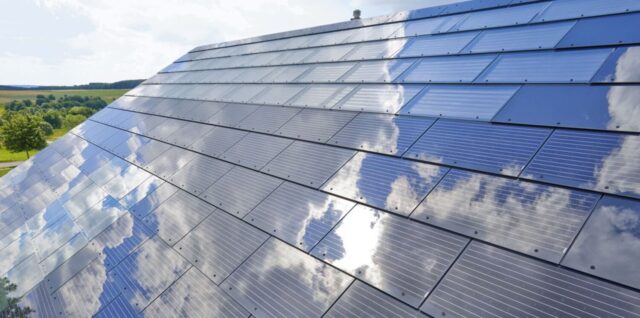
If one listens to a public opinion, then shingles win the game with regard to the metric of aesthetics. Why is the public obsessed with these? One and the only reason is their resemblance to roof shingles but way shinier and more luxury-looking. The effect of blend with the roof gives most of the customers the aesthetics they were looking for. On the contrary, a group of minority homeowners prefers panels because of their unique aesthetics. It is no surprise that PV collectors are bulkier and visible. In fact, that is what homeowners love about them – bulkiness and visibility. Even though such people take up the minority in society, they still enjoy the aesthetics they love. They wake up every morning and have a cup of coffee in the garden, take a look at the solar equipment, and feel joy from the appearance of the house. They feel powerful and environmentally-friendly because solar panels shout out loud that this particular house walks towards a sustainable future. What can we observe there? People are different, so are their preferences. Listen to your heart to make the right choice among the two most-demanded pieces of equipment to go solar.
Final Note
Affordability, efficiency, ease of installation, and aesthetics – 4 metrics differentiating solar shingles from panels. Can we tell that differentiation is successful? Yes! Due to the differentiation, consumers can confidently state which one is more suitable for them depending on the situation, preference, taste, and location. Not an easy choice, but neither an impossible one!
Solar shingles and solar panels – different but equally sustainable ways to go solar.

